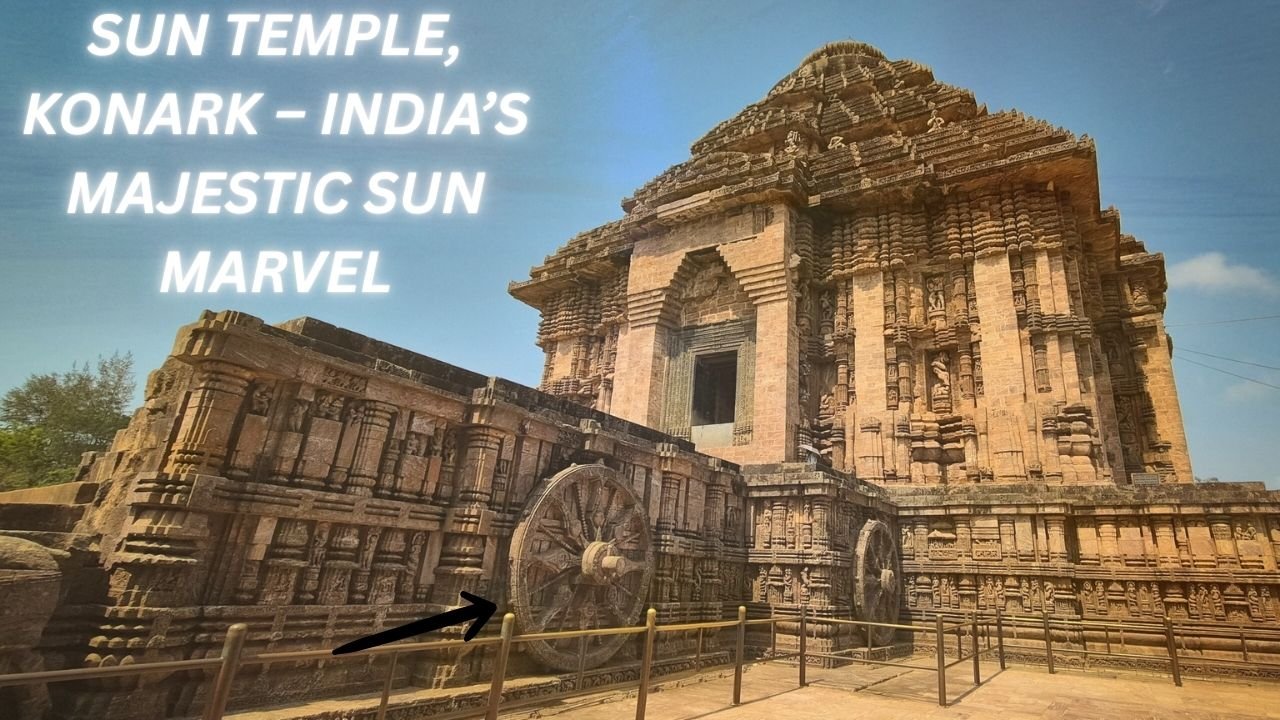Blog
Konark Sun Temple: Odisha’s Architectural and Spiritual Marvel

The Sun Temple at Konark, Odisha, ranks among India’s most iconic monuments. King Narasimhadeva I built it in the 13th century, and it showcases stunning architecture, intricate carvings, and symbolic design. Additionally, it reflects India’s advanced artistic and scientific knowledge of the time.
A Chariot for the Sun God
The temple resembles a giant chariot of the Sun God, with twelve pairs of massive stone wheels and seven horses pulling it. Each wheel, moreover, features intricate carvings and functions as a sundial. Scholars confirm that these wheels can indicate time accurately, even today. Consequently, visitors often marvel at this blend of art and science.
Astronomical Precision
One of the most fascinating aspects of Konark is its orientation. The temple faces east, so the first rays of the sun strike the main entrance, symbolizing the Sun God’s blessing. This alignment, therefore, demonstrates the advanced astronomical knowledge of ancient Indian architects. Furthermore, it shows how architecture and spirituality worked together seamlessly.
Intricate Carvings and Sculptures
The temple walls display elaborate carvings of daily life, warriors, dancers, and celestial beings. Interestingly, it also includes erotic sculptures that intrigue historians even today. These carvings, in addition, reflect the Tantric traditions and spiritual practices of that era. As a result, the temple captivates both scholars and tourists alike.
The Mysteries of Konark
Several mysteries surround the temple. Natural calamities, coastal erosion, and invasions likely caused its partial decline. Meanwhile, legends add further intrigue. One story claims a single blade of a wooden wheel could magically complete the entire chariot. Similarly, another legend says the chief architect was blinded after construction to prevent him from replicating the masterpiece elsewhere.
A Symbol of Heritage
Today, the Konark Sun Temple attracts thousands of tourists and devotees each year. Moreover, it serves not only as an architectural marvel but also as a spiritual symbol, reminding visitors of India’s ancient knowledge, artistry, and devotion to the Sun God. In addition, it inspires awe for both its technical brilliance and cultural significance.
